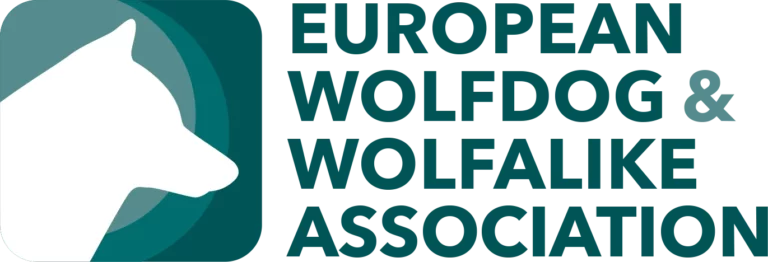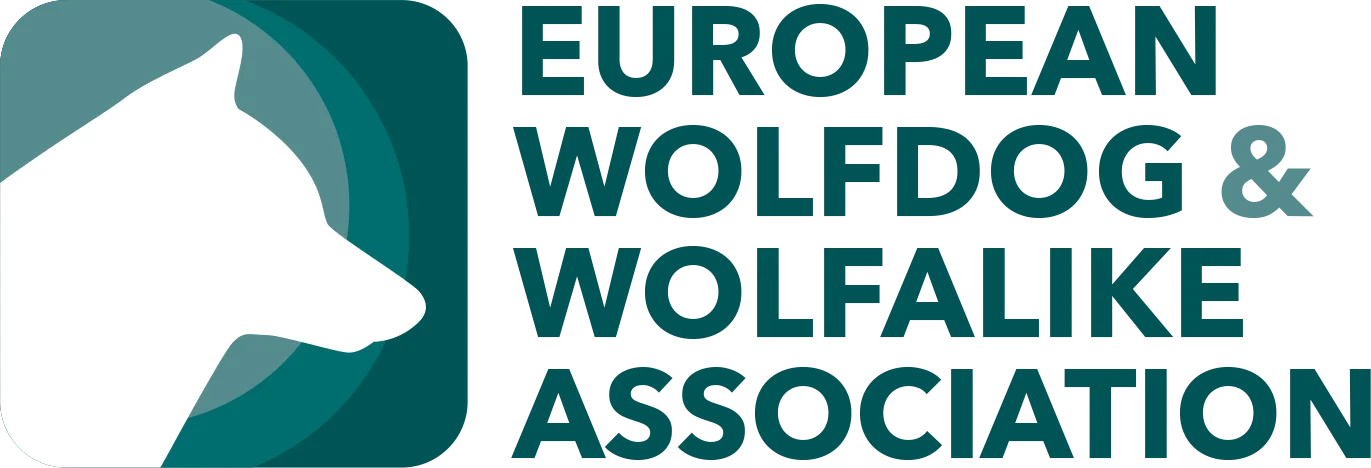PCYT2-Mangel
What is PD?
PD is short for PCYT2 Deficiency (phosphoethanolamine cytidylyltransferase deficiency).
It is a genetic disease that leads to blindness and neurodegeneration.
What symptoms does PD show?
In early adulthood, problems with vision begin.
The changes manifest themselves in the typical form of a generalised PRA (progressive retina atrophy).
The first clinical signs of PD are visible between the ages of 20 and 46 months.
In later adulthood, neurological deficits follow the visual disturbances.
These are: gait disturbances, weakness in the hind limbs, tremor, ataxia, cognitive decline and behavioural abnormalities in the form of aggressiveness towards the owner.
Epileptic seizures have also been reported.
What are the consequences of PD for dog and owner?
The owner must be prepared for the fact that their dog will gradually lose their sight and ultimately go blind.
There is no cure for PD, but the dog can learn to cope with their blindness and to rely on their other senses.
For the owner, this means that their home should be as safely traversible as possible to avoid accidents.
Regular veterinary appointments are important to monitor the progression of the disease.
Neurological deficits must be monitored and treated if possible.
For the owner, this means a high level of emotional stress and possibly high costs for treatments to alleviate the symptoms.
What dogs have to be tested?
Dogs that have Saarloos Wolfdog in their pedigree or Embark must be tested or provide proof by submitting the test results of their parents or relevant ancestors to be eligible for breeding.
How and when can you test for PD?
PD is tested by taking a cheek swab or blood sample at the vet.
The vet then sends the sample to Laboklin and receives the result after 1-2 weeks.
Currently, PD can only be tested by Laboklin, not by Embark. (As of January 2025)
What are the possible test results?
N/N – PD clear
N/PD – healthy carrier
PD/PD – affected
How is PD inherited?
PD is inherited in an autosomal-recessive manner, which means that two carriers can produce affected animals.
Therefore, matings of two N/PD animals are prohibited.

